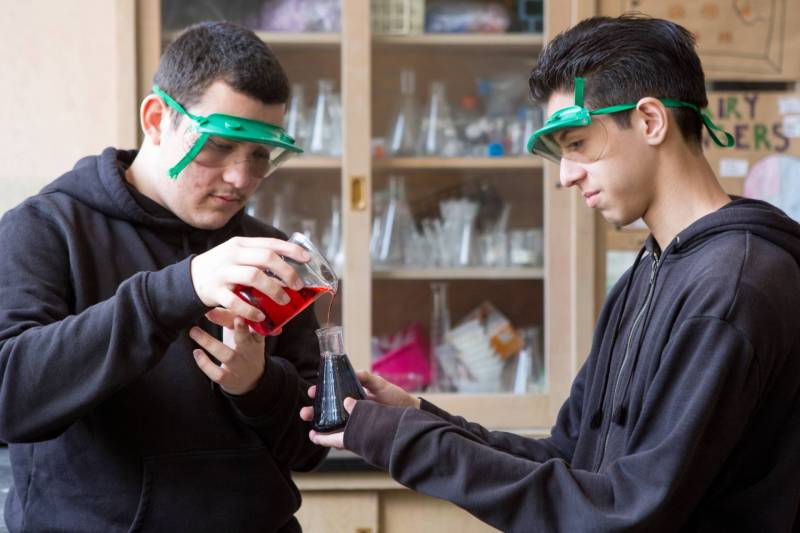Adapted with permission from Stroupe, D. (2023). Growing and Sustaining Student-Centered Science Classrooms (p. 1-5). Harvard Education Press.
Teaching has always been a crucial and underappreciated profession across the world. Almost everyone spends some time in a school, and in those spaces, teachers play an important role in designing and facilitating opportunities for participation and learning. Many people fondly remember a favorite teacher and classroom or, conversely, might hope to forget a school that made them feel rejected. While society might collectively forget, those of us who spend time in schools know that teachers and administrators have a great responsibility as we shape the lives of children. By representing and upholding equitable communities and participatory structures that ensure powerful learning opportunities for children, especially those from marginalized communities, teachers and administrators can help change the world…
[Let’s peek] into the classrooms of two teachers, who I will refer to as Teacher A and Teacher B. Both teachers graduated from the same teacher preparation program, and both taught life science in very diverse schools in the same district. However, Teacher A and Teacher B differed in how they chose to open up, or restrict, avenues for student talk and participation around knowledge in their science classrooms. Let’s look at an example from each class, both of which occurred at the beginning of the school year. As teachers and administrators, we know that the beginning of the school year is such an important time for building a foundation for a science community. For each example, imagine you are sitting in the room, as I was when I watched these lessons unfold, and immerse yourself in the sights and sounds of middle and high school science classes.
In Teacher A’s classroom, students are learning about why identical twins look alike, and why differences might exist even with their similar DNA. Following the first lessons in which students share some initial ideas about why identical twins might look similar and begin to hear terms such as “dominant,” “recessive,” “trait,”, “allele,” Teacher A decides that students should complete Punnett squares to visualize how physical traits and alleles are related. If you need a quick refresher about Punnett squares, recall that a Punnett square provides a space for visualizing and writing potential allele combinations for one offspring given the parents’ alleles. A typical example usually includes a two-by-two table, with two alleles from one parent on the side of the table, and two alleles from another parent above the table.
In this example, Teacher A demonstrated how to complete and interpret a Punnett square and asked students, in groups of two or three, to attempt three example squares as practice. After showing students how to correctly complete the squares, Teacher A wrote a new square on the whiteboard for students to attempt individually. As the murmurs of talk receded into individual pondering of the problem, a quiet student — one I had never heard speak in class before this moment — raised his hand. Tentatively, he asked, “Excuse me, Ms. [A]? I have a question. When we do Punnett squares, we also do examples with four kids. What if there are five kids? Where does the fifth kid go?”



